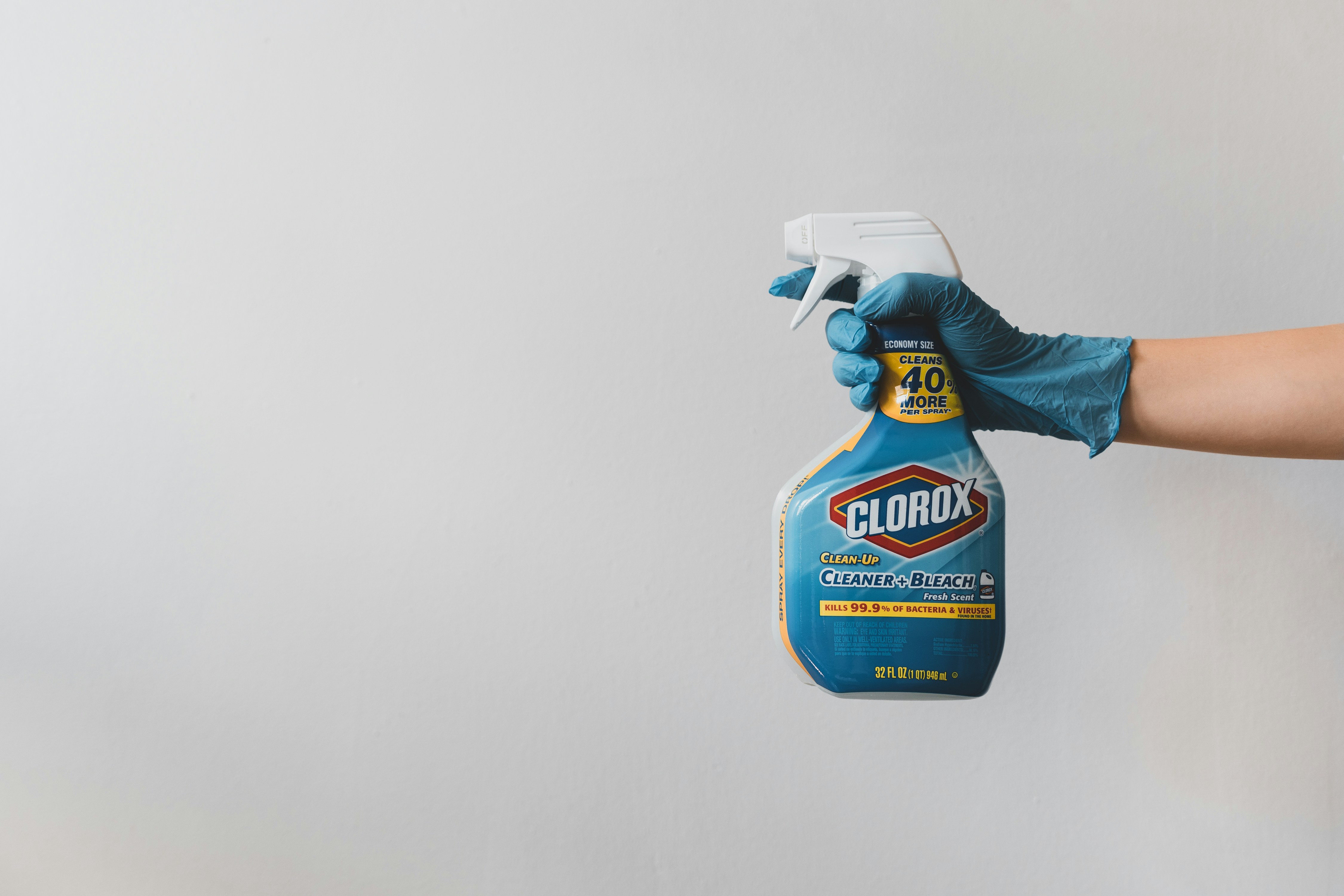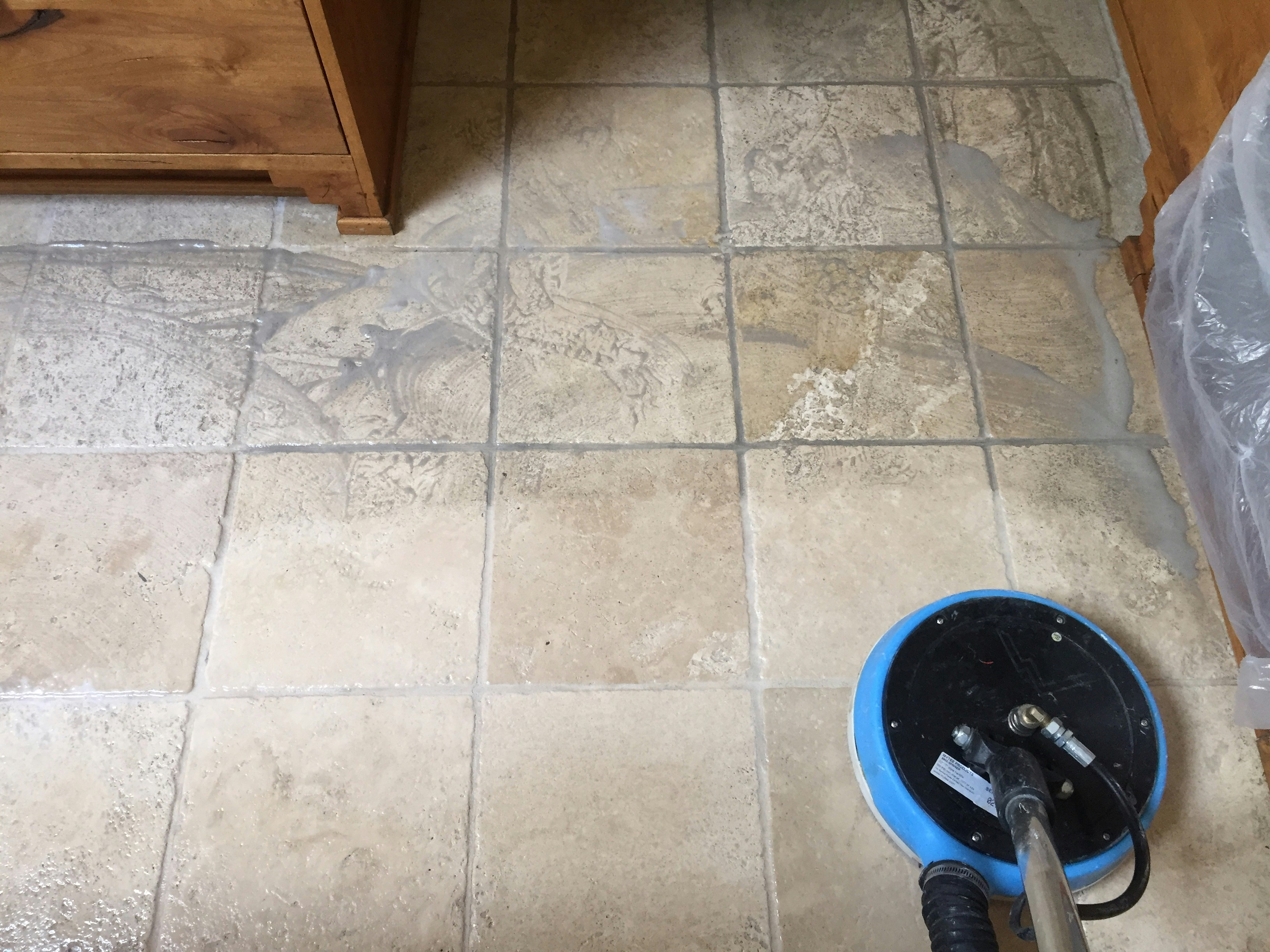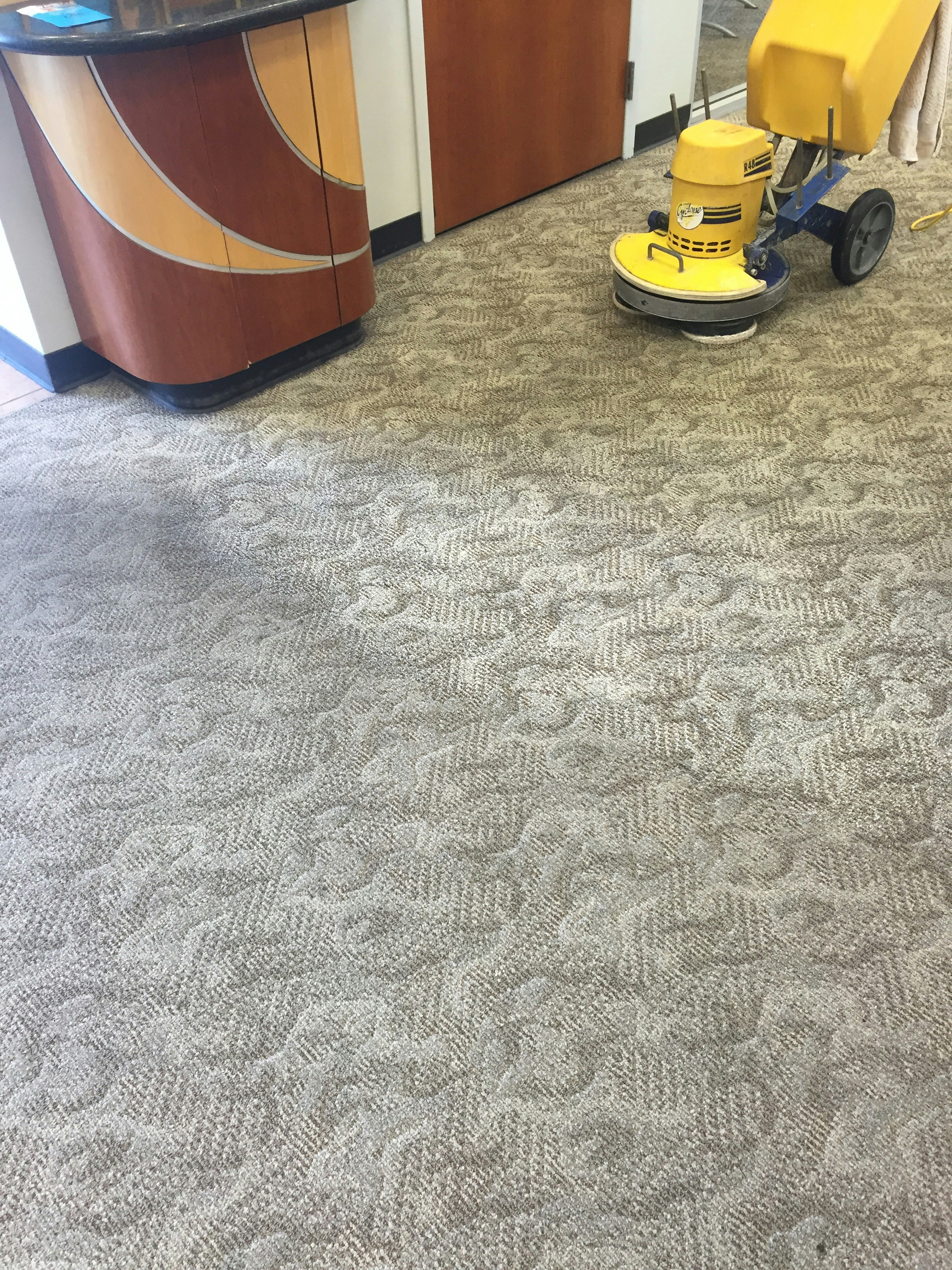Introduction to Cleaning
Maintaining a clean environment is crucial for both aesthetic and health reasons. A tidy space not only promotes mental clarity but also contributes significantly to the well-being of individuals in any setting. The act of cleaning encompasses various tasks, and two essential components of this process include emptying trash and refreshing towels.
Emptying trash is a fundamental task that should not be overlooked. Over time, waste can accumulate, leading to unpleasant odors and an unsightly appearance. Regularly removing trash helps to keep the environment hygienic, preventing the buildup of bacteria and pests. This routine maintenance is particularly important in shared spaces, such as offices and common areas, where cleanliness directly influences the comfort and productivity of the users. By integrating this simple step into a regular cleaning schedule, one can ensure that the area remains both visually appealing and free of potential health hazards.
In addition to managing waste, refreshing towels is another vital practice that enhances cleanliness. Whether in a kitchen, bathroom, or workplace, clean towels contribute to an overall sense of order and hygiene. Used towels can harbor germs and unpleasant smells, making it necessary to replace them frequently. Ensuring that towels are washed and readily available promotes a more pleasant and inviting atmosphere for everyone. These simple yet effective actions signal a commitment to cleanliness, which can make a significant impact on how a space is perceived and experienced by its occupants.
In summary, the importance of maintaining a clean environment cannot be overstated. Through the straightforward tasks of emptying trash and refreshing towels, individuals can foster a more comfortable and hygienic atmosphere, ultimately enhancing the quality of life in both personal and professional spaces.
Why Regularly Emptying Trash is Essential
Maintaining a clean and hygienic living environment is crucial for overall health and well-being. One important aspect of cleanliness is regularly emptying trash bins. This routine task is often overlooked, yet it has significant implications for health, hygiene, and aesthetics. First and foremost, regularly emptying trash helps in controlling the proliferation of harmful bacteria and germs. When waste accumulates, it becomes a breeding ground for pathogens, which can lead to various illnesses. This is particularly important in kitchen areas, where food waste can attract unwanted pests and create an unsanitary environment.
In addition to health concerns, odor control is a significant reason to prioritize emptying trash bins. Organic waste, especially, can emit unpleasant odors as it decomposes. These odors can permeate throughout a space, creating an uninviting atmosphere. By maintaining a routine of removing trash, one can effectively minimize odor issues and ensure a fresher indoor environment. Failure to do so not only impacts comfort but also can have deeper implications for mental well-being. A cluttered, smelly environment can contribute to stress and anxiety.
Lastly, an aesthetically pleasing environment can greatly enhance the quality of life in both residential and professional settings. Regularly emptied trash bins contribute to an orderly appearance and demonstrate a commitment to cleanliness. In office spaces, for example, tidy work areas are essential for productivity and morale. Neglecting trash removal sends a message of disregard for cleanliness and can lead to negative impressions from visitors and clients alike.
In summary, regularly emptying trash bins is an essential practice for promoting health, managing odors, and maintaining an appealing environment. Making this task a consistent part of cleaning routines ensures that living and working spaces remain clean and welcoming.
Gathering Supplies for Trash Disposal
When preparing to empty trash, it is essential to gather the appropriate supplies to ensure a safe, efficient, and environmentally friendly process. The first item on the list should be sturdy trash bags. These bags come in various sizes and strengths, catering to different types of waste. For heavy or sharp items, consider using thicker bags designed to withstand punctures. Having a selection of bags allows you to choose the right one for the job, minimizing the risk of spills.
Next, personal protective equipment, such as gloves, is crucial. Wearing gloves not only protects your hands from any harmful substances but also promotes hygiene during the cleaning process. Disposable latex or rubber gloves are often the best choice, as they can be easily discarded after use. This small yet significant addition to your cleaning supplies ensures that you are prioritizing your health while managing waste.
Additionally, having cleaning agents or disinfectants on hand is beneficial in case of any spills or stains resulting from the trash disposal process. A spray cleaner or disinfecting wipes can help ensure that surfaces are sanitized after removing waste. Furthermore, paper towels or rags should be available for quick clean-ups, helping maintain cleanliness in the area surrounding the trash bin.
Moreover, it is essential to consider recycling when gathering supplies for trash disposal. Having separate bins for recyclables, compost, and general waste promotes environmentally responsible practices. Labeling these bins clearly aids in sorting waste effectively, reducing contamination, and supporting your local recycling efforts. Implementing a system for sorting waste can lead to significant positive outcomes for the environment.
By preparing with appropriate supplies and adhering to responsible waste management practices, you can empty trash effectively while promoting a cleaner and more sustainable living environment.
Step-by-Step Guide to Emptying Trash
Emptying trash bins is an essential task that contributes to maintaining a clean and sanitary environment. The process can be broken down into several straightforward steps to ensure that it is done effectively and responsibly.
Begin by gathering the necessary materials, which include a new trash liner, cleaning supplies, and gloves for personal protection. Once you have everything ready, approach the trash bin and assess the contents.
First, carefully lift the trash bag from the bin. If it is tied shut, untie it to avoid spillage. Make sure to hold the bag securely to prevent any waste from falling out. Dispose of the filled bag in accordance with your local waste disposal guidelines, ensuring that recyclables are separated from regular trash.
After the trash bag is removed, inspect the interior of the bin for any spills or stains. Should the bin require cleaning, use a disinfectant spray or wipes to thoroughly clean the inside and outside surfaces. Allow the bin to dry completely afterward, as moisture can lead to unpleasant odors and promote bacterial growth.
Next, place a fresh trash liner into the bin. Ensure that the liner fits properly and is secured, either by tucking it in or using any securing mechanism the bin may have. This step is crucial for preventing leaks and maintaining cleanliness.
Finally, dispose of the trash bag and cleaning supplies according to local regulations. Make sure to wash your hands thoroughly after handling waste materials and cleaning the bin. Following these steps regularly not only keeps your environment tidy but also contributes to better hygiene standards.
The Importance of Fresh Towels
The use of fresh towels plays a significant role in maintaining hygiene and promoting overall wellness in various settings, including homes, hotels, gyms, and medical facilities. Frequent usage of towels can lead to the accumulation of bacteria, mold, and other pathogens. Hence, incorporating clean towels into regular cleaning routines is essential for preventing the spread of germs and maintaining a safe environment. A freshly laundered towel not only signifies cleanliness but also offers peace of mind to individuals concerned about their health.
Moreover, utilizing fresh towels greatly contributes to the overall aesthetics and comfort of a space. The feel and appearance of a clean towel can significantly enhance the experience of its user. For instance, in a spa or hotel, fresh towels wrapped in soft linen exude an inviting ambiance, creating a sense of luxury and relaxation. In contrast, using soiled or damp towels can lead to an unpleasant experience, undermining the cleanliness of the environment and potentially deterring individuals from returning.
Additionally, fresh towels can positively influence an individual’s mood and perception of cleanliness in their surroundings. The simple act of reaching for a fresh towel can evoke feelings of comfort and satisfaction. It can also encourage better hygiene practices, as individuals are more likely to wash their hands or partake in self-care activities when provided with clean and appealing towels. Overall, the importance of fresh towels extends beyond mere functionality; it encapsulates aspects of hygiene, aesthetics, comfort, and mental well-being, making it a crucial component of effective cleaning routines.
Choosing the Right Towels
When selecting towels, it is essential to consider several factors that cater to both personal preferences and specific needs. The most significant aspects to contemplate include material, size, and intended use. The material drastically influences the overall performance of towels. Common choices include cotton, microfiber, and bamboo, each with unique characteristics. For example, cotton towels are favored for their absorbency and softness, making them ideal for bath and hand towels. On the other hand, microfiber towels are lightweight and quick-drying, which can be advantageous for travel or gym use.
Size is another crucial consideration. Towels come in various dimensions, from standard bath towels to larger beach towels or smaller washcloths. Assessing the intended use of the towel can greatly aid in selecting the appropriate size. Bath towels generally range from 27 inches by 52 inches to 30 inches by 60 inches, providing ample coverage after bathing. For specific functions, such as hand drying or face washing, smaller washcloths measuring around 13 inches by 13 inches may be suitable.
Investing in high-quality towels offers several benefits that extend beyond initial appearance. High-grade towels often provide superior absorbency, durability, and a luxurious feel, enhancing the overall user experience. They can withstand frequent washing without losing their texture or effectiveness, making them a cost-efficient choice over time. Additionally, in hospitality settings, the quality of towels can significantly impact customer satisfaction, illustrating the importance of selecting the right towels not only for personal use but also for commercial purposes.
Ultimately, when it comes to choosing the right towels, understanding your individual requirements and preferences will lead to better choices. By focusing on material, size, and the long-term benefits of quality, one can ensure a consistent supply of fresh towels that cater perfectly to their needs.
Washing and Caring for Towels
To maintain the softness and absorbency of towels, it is essential to follow proper washing, drying, and storing techniques. The initial step in this process is selecting the right detergent. A mild, liquid detergent is often recommended as it effectively cleans without leaving residue that can impact absorbency. It is advisable to avoid using fabric softeners and dryer sheets altogether, as these products can coat the fibers, leading to diminished towel effectiveness. Instead, if desired, adding half a cup of white vinegar during the rinse cycle can help maintain the towels’ natural softness.
Before washing, it is beneficial to sort towels by color and fabric type to prevent any potential color bleeding. Washing in hot water generally offers the best results for cleaning, though it is essential to check the care label to ensure that the towel can handle high temperatures. For white towels, using bleach in moderation can be helpful for brightening, while for colored varieties, oxygen bleach is a safer alternative.
When it comes to drying towels, it is important to avoid over-drying, which can cause the fibers to break down and reduce softness. A medium heat setting is generally adequate, as it allows towels to retain moisture, which contributes to their desired absorbency. Additionally, leaving towels in the dryer for a short period before removing them can help minimize wrinkles.
Proper storage of towels plays a significant role in their overall maintenance. It is advisable to store towels in a cool, dry area to prevent mildew and odors. Folding them neatly and stacking them in a way that allows air circulation will help preserve the fabric integrity. Regularly rotating towels used for drying ensures that all towels receive equal care, which extends their lifespan and enhances their overall performance.
How to Refresh Towels in Different Settings
Refreshing towels is essential for maintaining cleanliness and ensuring a pleasant user experience in various environments, including homes, hotels, and gyms. Each setting has unique requirements, and tailored approaches can enhance the freshness and availability of towels.
In residential settings, homeowners should establish a regular washing schedule for towels, typically once every three to four uses, depending on individual preferences. Utilizing a high-quality detergent can help eliminate odors and maintain the fabric’s integrity. Additionally, drying towels thoroughly is crucial, as dampness can lead to mildew and unpleasant smells. It is recommended to use a dryer with a proper heat setting, or alternatively, air-drying towels in a well-ventilated area. To further enhance the freshness, adding a cup of white vinegar during the rinse cycle can help remove soap residues and neutralize odors.
For hotels, providing guests with pristine towels is vital for ensuring an exceptional stay. Hotels should invest in laundering services that adhere to stringent hygiene standards. Implementing a towel management system can help maintain an adequate supply, ensuring that used towels are quickly replaced. Visible signs encouraging guests to reuse towels can also reduce the workload on laundry services while promoting sustainability. Additionally, using fragrance-free detergents and softeners can cater to guests with sensitive skin or fragrance allergies.
In fitness centers and gyms, the frequent usage of towels necessitates a systematic approach to keep them fresh and hygienic. Establishing a clear protocol for towel replacement and laundering will prevent any accumulation of bacteria. Installing towel dispensers or providing disposable alternatives can ensure accessibility for members. Furthermore, creating a clear schedule for washing from a central location will contribute to consistent cleanliness, fostering a healthier environment for all users.
Conclusion: Embracing Routine Cleanliness
Incorporating routine cleaning practices into daily life is essential for maintaining a healthy and pleasant environment. One fundamental aspect of this daily housekeeping is the regular emptying of trash bins. When garbage is allowed to accumulate, it can lead to unpleasant odors, attract pests, and contribute to an unhygienic atmosphere. By establishing a habit of consistently removing waste, individuals can significantly improve the cleanliness of their living or working spaces. This practice not only emphasizes physical cleanliness but also promotes mental well-being, leading to greater focus and productivity.
Another crucial element of routine cleanliness is the use of fresh towels. Whether it is for personal hygiene or cleaning purposes, using freshly laundered towels plays a significant role in preventing the spread of bacteria and maintaining overall hygiene. Regularly changing towels not only enhances the appearance of a home but also provides comfort and reassurance to those who use them. This practice underscores the importance of personal care as part of a holistic approach to cleanliness. By integrating fresh towels into your cleaning routine, you ensure that both health and aesthetics are prioritized.
<pultimately, a="" actions="" and="" as="" benefits,="" body.






